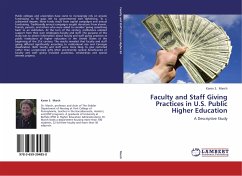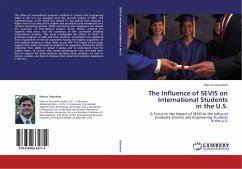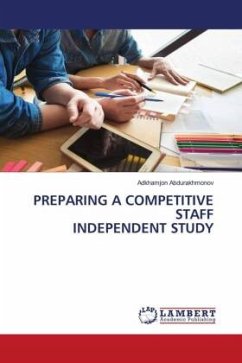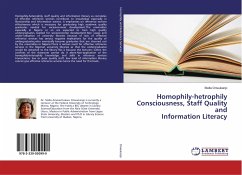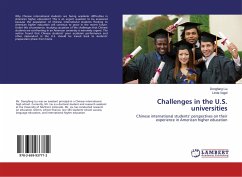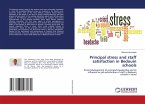Public colleges and universities have come to increasingly rely on private fundraising to fill gaps left by governmental belt tightening. To a substantial degree, these funds result from capital campaigns and annual fundraising. Traditionally annual campaigns sought donations from alumni, friends, parents, and others who were asked to consider 'giving something back' to an institution. At the turn of the century, institutions enlisted support from their own employees--faculty and staff. The purpose of this study was to obtain information about faculty and staff giving practices at public institutions of higher education in the United States at the beginning of the 21st century. The results revealed that faculty and staff giving differed significantly according to institutional size and Carnegie classification. Both faculty and staff were more likely to give restricted rather than unrestricted gifts. Most prominently ranked beneficiaries of faculty and staff giving included academics, scholarships and special interest projects.
Bitte wählen Sie Ihr Anliegen aus.
Rechnungen
Retourenschein anfordern
Bestellstatus
Storno

